'I PROMISE' DP Daniel B. Levin Breaks Down Vertical Storytelling on Quibi
Quibi is attracting top talent for its streaming platform including a docu-series from Lebron James.
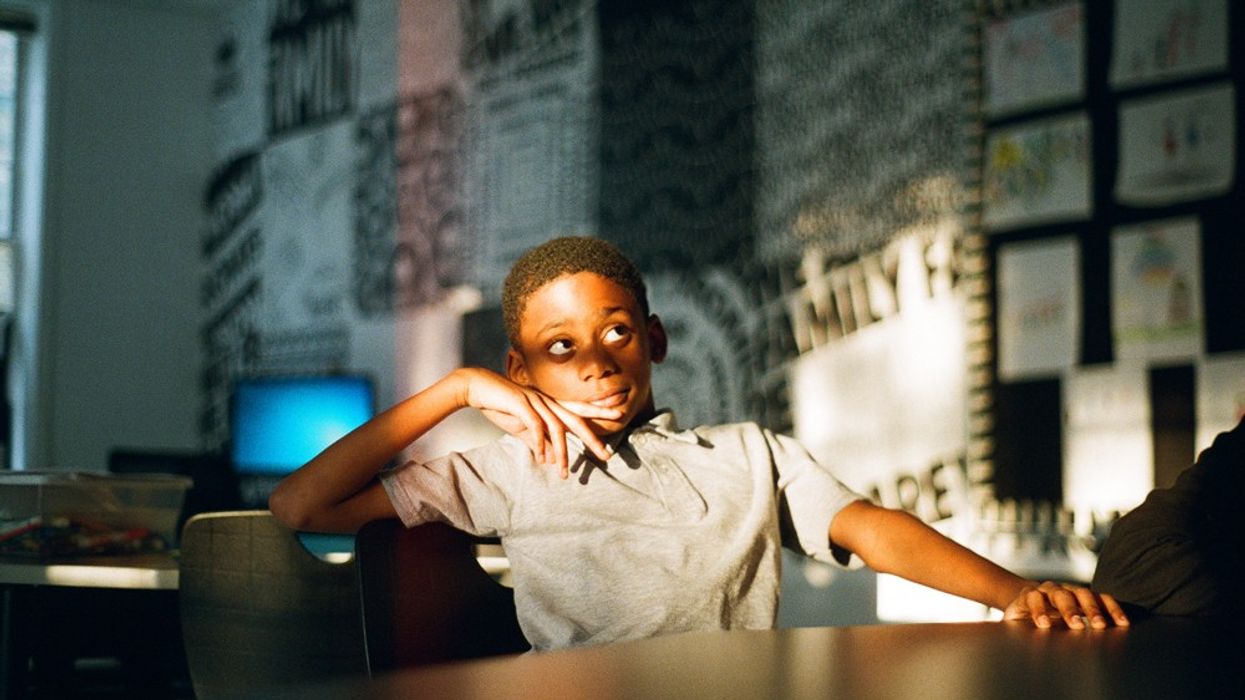
Founded by Lebron James, the I PROMISE School opened its doors in 2018 in an effort to close the education gap of those living in the future hall of famer’s hometown of Akron, Ohio. I PROMISE is the inspiring documentary that chronicles what young students can achieve if given an opportunity.
Directed by Marc Levin, the series was filmed over a course of a year and explores the dynamic impact the I PROMISE educational environment had on the students, teachers, and families. No Film School sat down with executive producer and cinematographer Daniel B. Levin, who also shot Rest in Power: The Trayvon Martin Story, to detail his experience on the project and what it was like telling a story for Quibi, a new streaming platform that can display unique vertical and horizontal content .
No Film School: How did you get involved?
Daniel B. Levin: We had an existing relationship with Lebron James’ SpringHill Entertainment, and we were looking to do a project together. When this came up I flew to Akron, Ohio to meet with the LeBron James Family Foundation and we discussed how we would approach making a documentary, and it was such a moving story, it was too hard pass up.
NFS: Did you know going in it would be distributed on Quibi?
DL: No, we set out to make a feature documentary, and Quibi opportunity came about halfway through production. The platform was an exciting experience for us actually. The only thing people knew about Quibi was that it was short form content under ten minutes. As documentarians, we had to figure out what that would look like when you create content that was filmed over the course of a year.
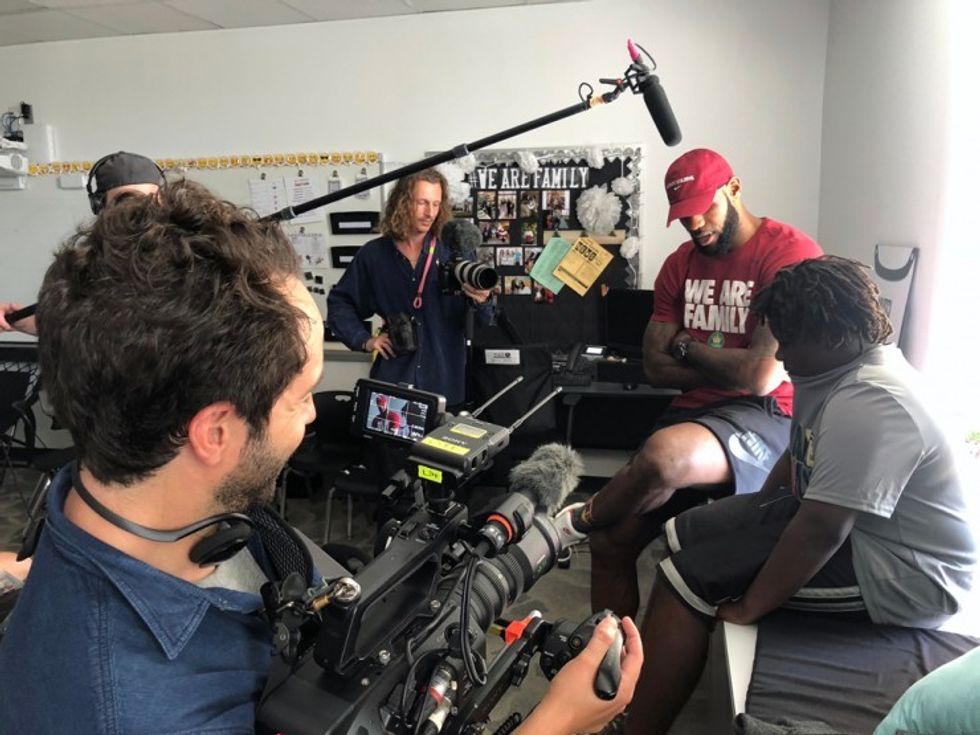
DL: We wanted to scale down the production footprint. The children are between 8 and 10 years-old, so we didn’t want to be overbearing. The Blowback Productions team in the field was the director Marc Levin, producer Jackson Devereux, and myself.
Marc spoke to each classroom and said if any of the kids wanted to come tell their story, sing a song or share anything, to visit us down the hall. Slowly the kids and classes started coming in telling us their story and sharing their experience. That’s how we started finding our characters.
NFS: What about story perspective. Did you have one in mind going in?
DL: We wanted to tell the story from the kids’ point-of-view. We always wanted to stay close to them and be wide as possible. Children are smaller, and when they are sitting at desks, they are even smaller, so as an operator, you’re always on your knees or bending over. You have to consider how much you can contract from the rig or how you can make yourself smaller to tell the story.
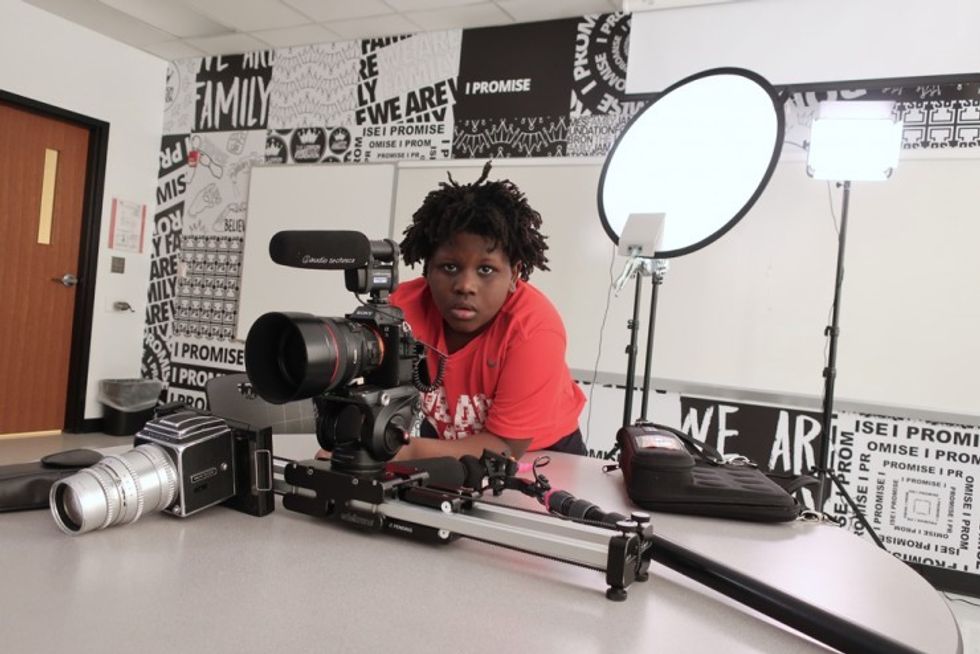
DL: Yes. We shot 4K with the Sony F7S Mark II and Jackson, who was our jack of all trades – doing sound, lighting, second camera – shot on a Sony a7S II. The reason why we chose that camera was because we could shoot right out of the box. We had to be nimble, so we wanted the footprint to be small as possible. All the handheld F7S work was done with a stripped down shoulder rig and the a7S was mounted to a gimbal. We also had amazing support from Nick Lopez at the LeBron James Family Foundation, and the Cleveland Film Company who covered scenes when we couldn’t be there.
NFS: Guessing zoom lenses were your best friends?
DL: Exactly. We used the Fujinon MK 18-55 T2.9 and MK 50-135 T2.9 zoom lenses which can cover any scene no matter what. But for low light situations we had 24, 50, and 85mm Canon EF L Series Primes with a Metabones adaptor we could throw on for any dark spots. We tried to stay true to that format throughout the whole production.
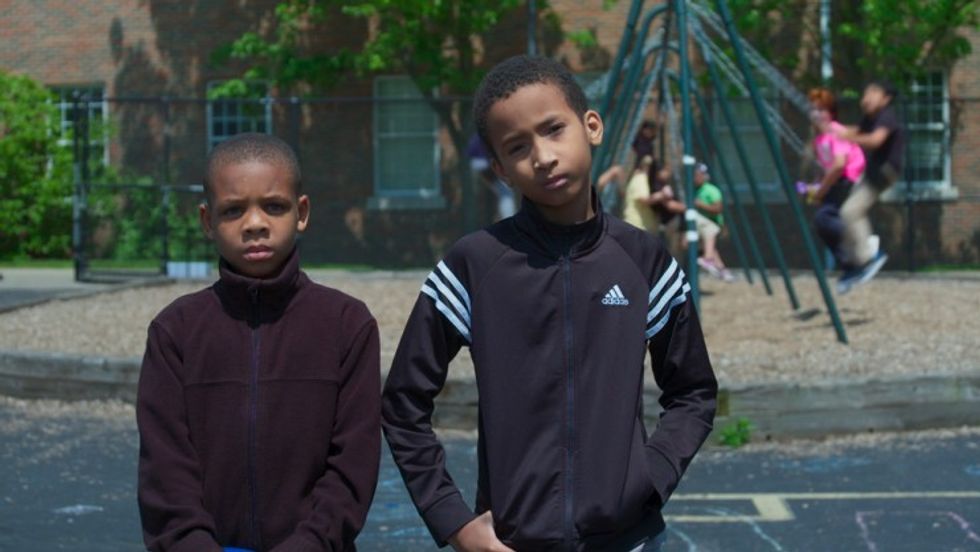
DL: We did. We tried to keep it simple and organic. All the interviews at school were shot on a tripod and I wanted the lighting to be very naturalistic. The interviews were framed near a window to have the natural light fill their face.
We also had some Litepanels, reflectors, and smaller handheld lights when we got into some dark spots, but the rule was, we didn’t want to setup too many lights. When we followed the characters home, we turned on any practical light in the space.
NFS: Since Quibi is a responsive platform that displays horizontal and vertical formats, how did you consider framing?
DL: Going in we didn’t know we would end up on Quibi, so we actually learned a lot about what we could do in post.
NFS: How so?
DL: Well, when you start reframing a horizontal shot vertically, it drastically changes what you see in the frame. If you are on a close up horizontally, you are really close in a vertical. Even eyeline needs to be considered. When you are cropping a vertical frame from a horizontal frame, how should it be centered? Does it still follow the rule of thirds in a horizontal frame? Even the slightest adjustment in eye level changed the way the frame felt so much.
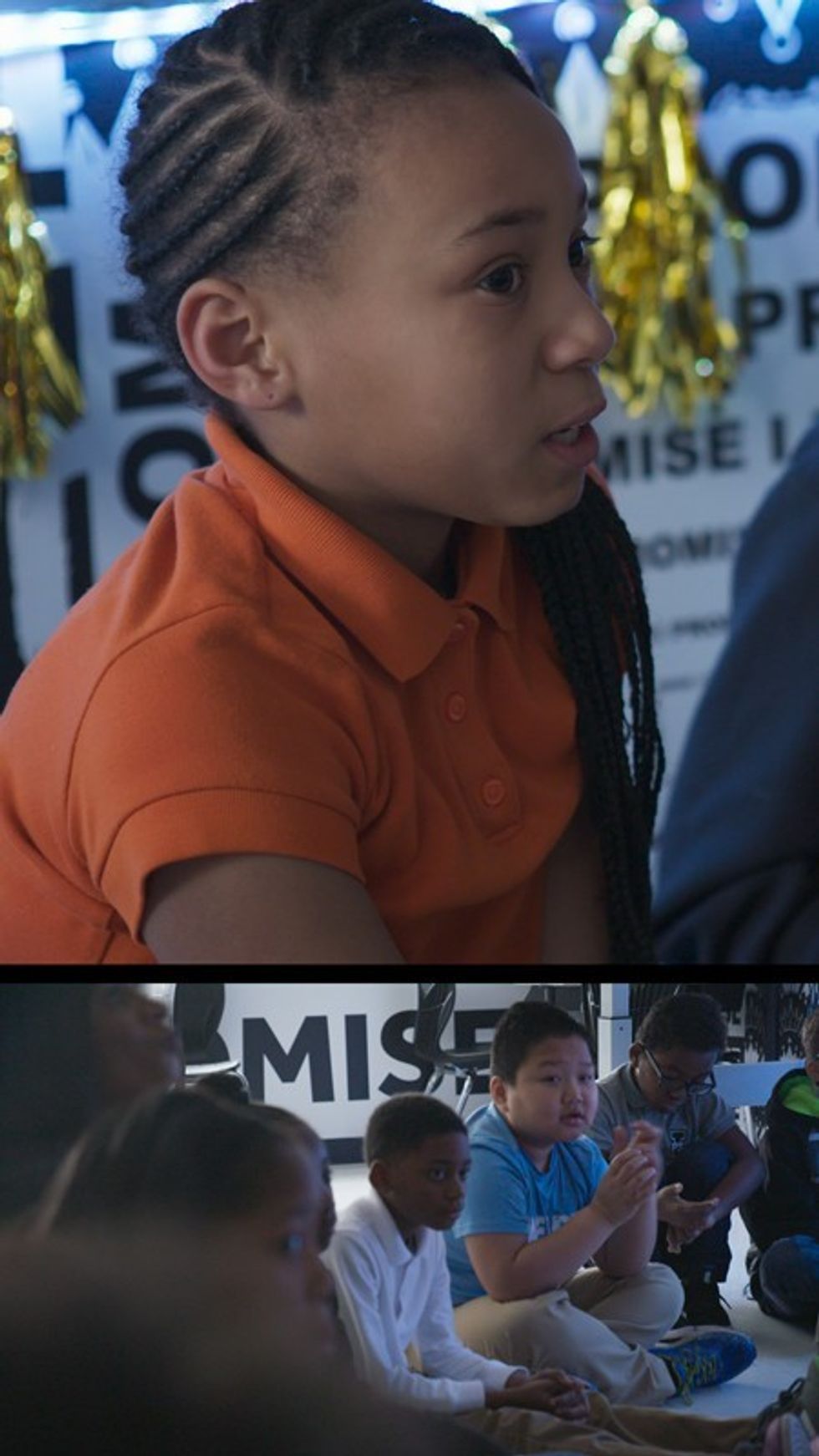
DL: Thank god we shot in 4K. We knew we were always going to shoot at a higher resolution to future proof the project, but we didn’t know we were going to need to punch in as much. It allowed us to reframe the focus of the frame without effecting image so much.
NFS: Did the aperture affect the softness of the image?
DL: When you shoot wide open and push in, the image become super soft, so it was something we had to consider while editing. When you’re at a 5.6 or 8, you can push in more and it will stay sharper.
NFS: Was there something you learned having worked with vertical framing?
DL: I love extreme close ups because you can get so much emotion from it. But an extreme close up on a vertical frame is not good, so we had to keep things wider.
With Quibi specifically, they didn’t have a mandate of what to do when the content changes from horizontal to vertical. We had creative license as storytellers, so if the horizontal image didn’t necessarily fit vertically, we could stack frames or do split screen.
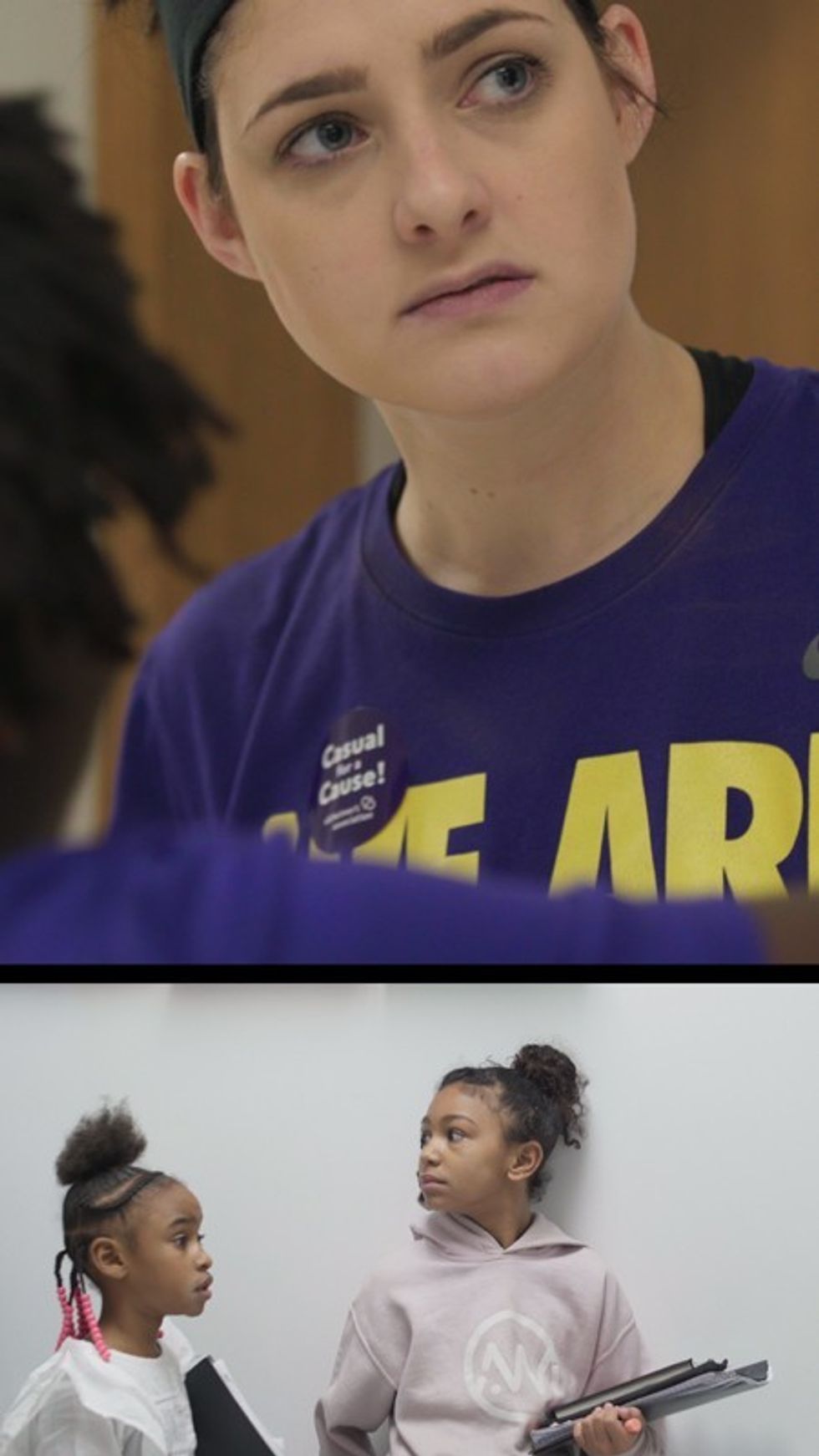
DL: It was. Each morning when the kids gather for the I PROMISE circles, we covered it with two cameras. A wide shot and then a close-up of a student talking. Then in post we could stack those two frames almost like multi-cam coverage. It was a new way to think about storytelling telling.
NFS: So you reviewed both vertical and horizontal formats before final delivery?
DL: We did. When we got close to picture lock, we started screening things on our phones, specifically vertically on the commute to work. I’d watch on a subway to see how much I could pay attention. When you start watching vertically, you learn what your attention stays to and what you can hold on and what you can’t. You can see where you lose your attention and then go in and refine cuts.
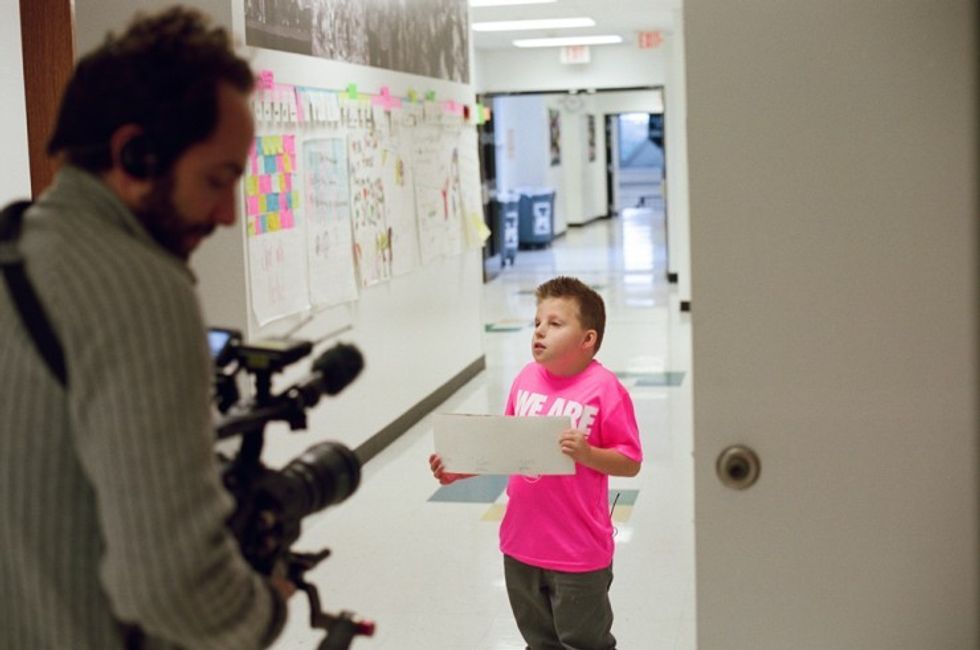
DL: We bonded with the kids over their interest in filmmaking. In many ways, they became part of the process. They wanted to learn the camera and hold the boom. It sort of became like a filmmaking class.
Each class had a half-hour recess where everyone is on the playground, and we go in with the a7S and let it float around. The kids wanted to shoot with it or direct other kids. It was a unique experience. Kids who were considered troublemakers were helping out as ACs. Teachers would come up to us and ask us how we were getting them to help, as they normally don’t listen to anyone.
NFS: That’s the power of filmmaking.
DL: Right. I learned so much with the kids. Seeing them grow over the course of a year. When we first started doing interviews, they were a little nervous. But you learn little things like asking them to repeat the question back to you and that puts them at ease. Simple stuff like that goes a long way when interviewing children.
To see them mature was amazing. Kids are so aware, and so perceptive about the world around them. To see these students, who were told they would not amount to anything, to see them grow under the I PROMISE philosophy, where teachers tell them how much they matter and how much they care, it changes them in such a short amount of time. Months.
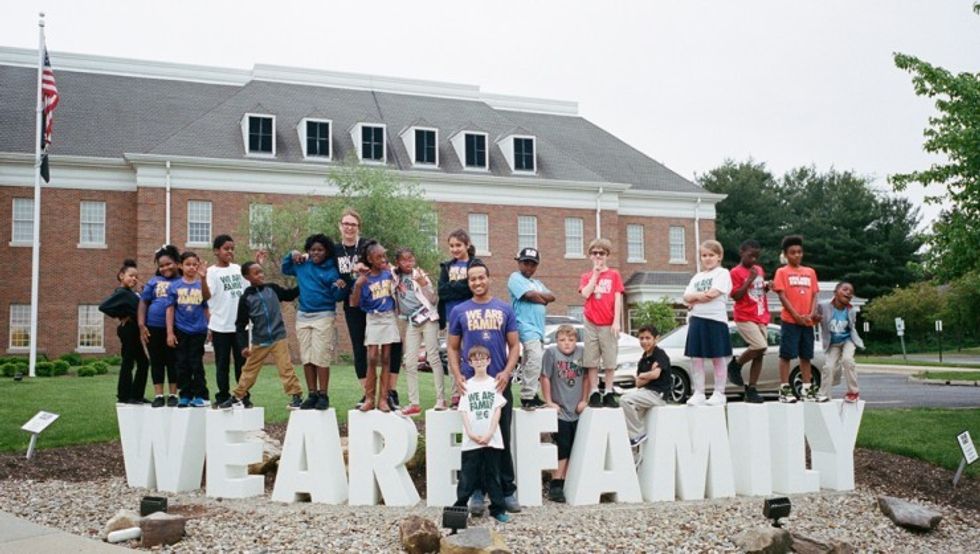
NFS: Yes, you can really see the children grow as the series progresses. That’s what makes this doc inspiring.
DL: You really do get to see the kids’ personality and education flourish. For me, the teachers are so heroic. They do so much the general public doesn’t give them credit for. When we were exhausted physically and mentally from shooting all day, the teachers would still be going. I PROMISE school days are longer and last to 5pm at night. The amount of energy those teachers have is incredible. And to see the kids grow as much as they did was such an amazing experience, too.










![Ethos, Pathos, Logos: 20 Effective Ways to Advertise [Infographic]](https://nofilmschool.com/media-library/ethos-pathos-logos-20-effective-ways-to-advertise-infographic.jpg?id=34064614&width=600&height=600&quality=90&coordinates=560%2C0%2C0%2C0)

